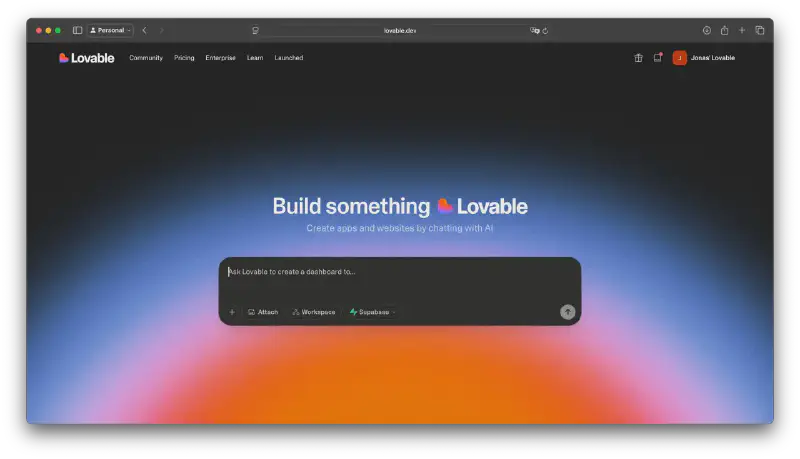Lovable AI: Building Tools in Hours Instead of Months (and Laughing at the Bugs Along the Way)
I’ve been building things for years, sometimes at hobby-level scale (my homelab projects) and sometimes for work. Normally, a small web tool or internal dashboard would take a few weeks at minimum, or a few months if you’re being realistic. Documentation, setup, debugging, all the boilerplate — it eats time.
Now? With AI tools, I’ve built things that used to take months in a single afternoon. And yet… those same AI tools can also give you bugs so bad, so adorably stupid, that you just have to laugh.
This post is about both — the magic and the madness of building with AI, and why despite the quirks, I think it’s one of the most powerful shifts in software building we’ve seen in decades.
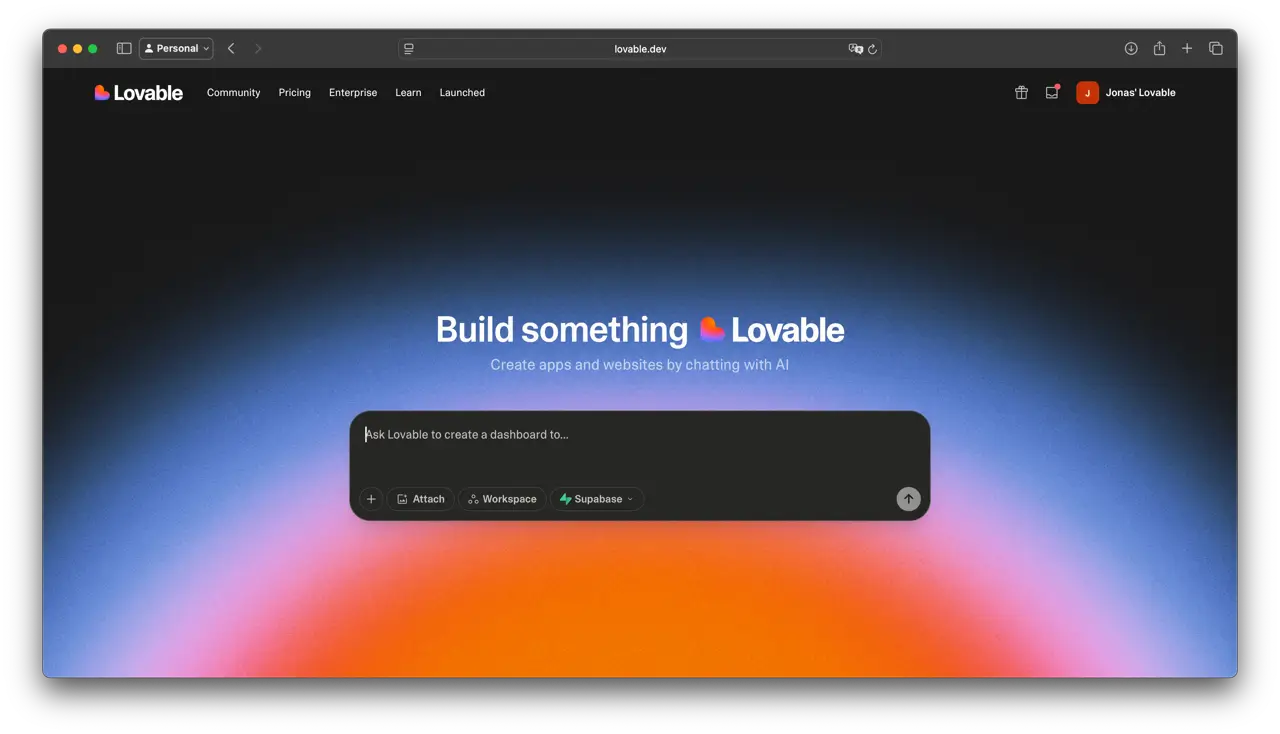
Building a Tool in Hours (Instead of Months)
Here’s a concrete story:
I wanted a small web app to analyze logs from a program I run in my homelab. Normally, this is the kind of project you’d “think about doing someday” but never actually finish. I asked an AI to help me parse the logs, and visualize the results.
In literally under 10 minutes, I had a working dashboard with data parsing, a backend, and a shiny interactive graph.
That time compression is insane. The AI gave me start-to-finish boilerplate, explained unfamiliar parts, and even offered up styling hints. There’s no way I could have shipped a polished tool that quickly by hand.
Pause and reflect: ✋
- What’s the longest you’ve ever had a side project sit “half-finished” on your hard drive?
- Imagine cutting that dev cycle to 5% of the time. Would you ship more? Would you experiment more?
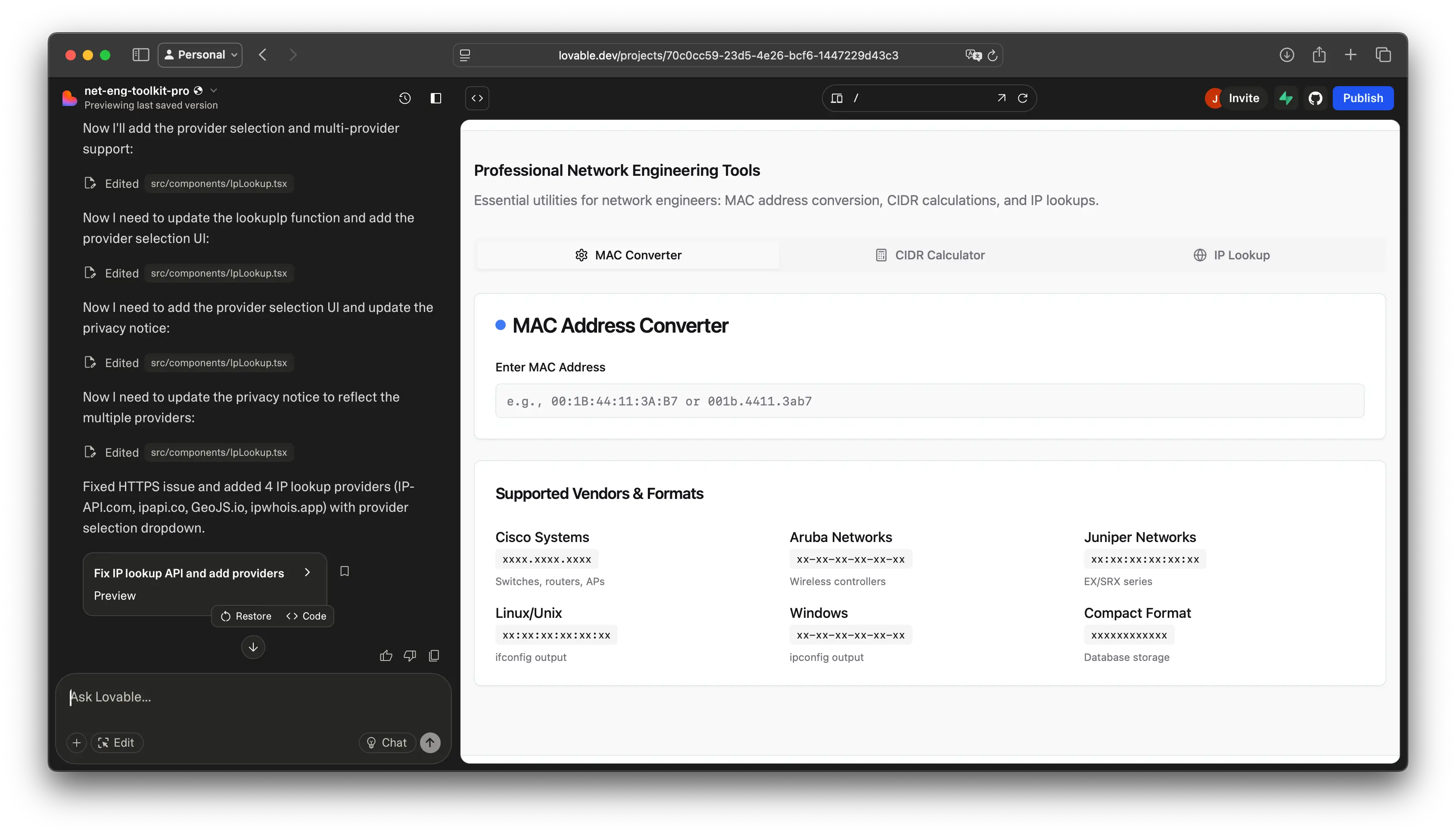
When “Lovable” AI Does Something Stupid
But here’s where AI shows its quirks.
That first graph looked great — until I fed it a slightly different dataset. Suddenly, the trend lines looked… off.
I asked the AI, “Where are you getting the data points for this timeline?”
Its confident answer:
“I take the current metrics and generate the timeline based on that, plus or minus 1.”
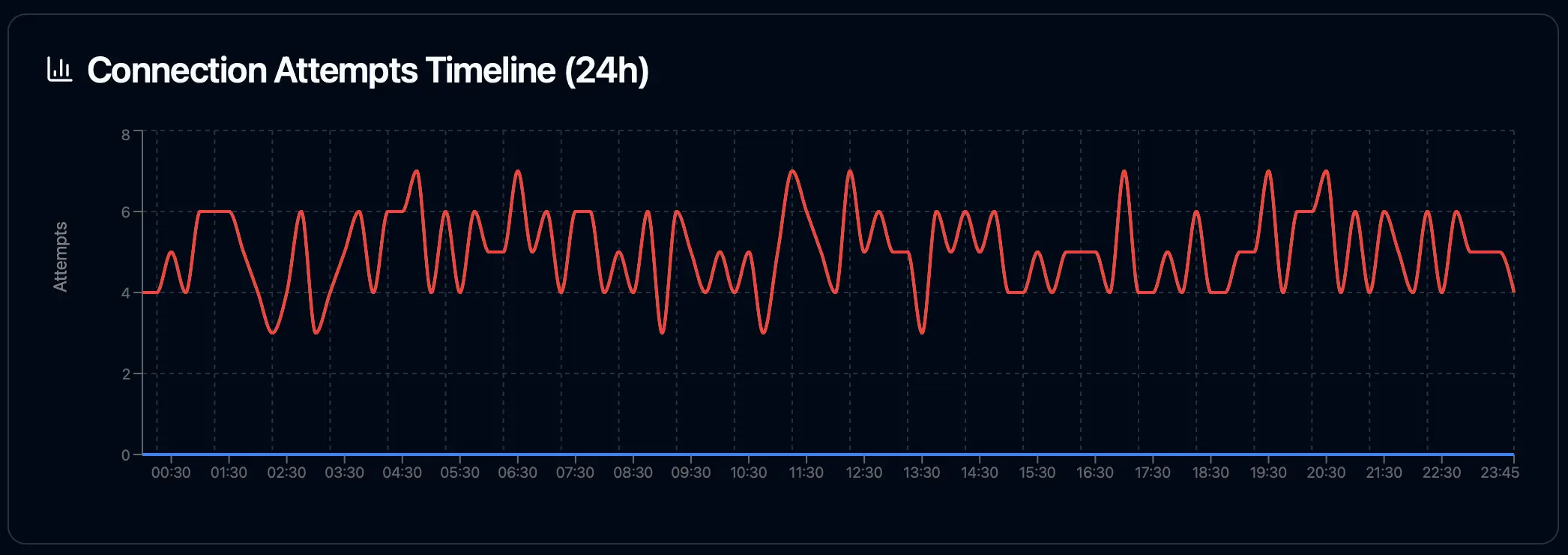
😳 Seriously? It was literally just making up numbers.
No sane developer would think ±1 was a valid method of generating historical trend data. Yet the AI did it with a straight face. And that sums up the duality of building with AI: it’s fast, creative, helpful — but sometimes utterly, hilariously useless.
The Hidden Skill: Asking the Right Fix
Here’s what I learned (and what’s key for anyone starting with AI tools):
If you tell the AI, “This graph doesn’t work half the time”, it won’t magically solve the problem. It doesn’t really “investigate.”
You need to pinpoint the bug like a developer would:
- “The function
parse_data()is not handling edge cases in these formats. Can you rewrite it to handle these specific three formats?” - Or, “Why does this variable get updated here instead of during initialization?”
The precision of your question defines the quality of the fix.
And this is where traditional programming experience really shines. If you can debug, even at a basic level, you’ll multiply the AI’s usefulness.
👉 Poll yourself: Would you rate your debugging skills as beginner, intermediate, or advanced? That answer predicts how much you’ll squeeze out of AI-driven coding.
Chat Mode Is the Real Secret
Most people stick to the “Code Assistant” mode, but don’t sleep on plain chat mode.
Instead of asking for whole code solutions, sometimes I’ll just ask:
- “Hey, can you explain how this regex works?”
- “What is this function block actually doing?”
- “Why are we using this library here?”
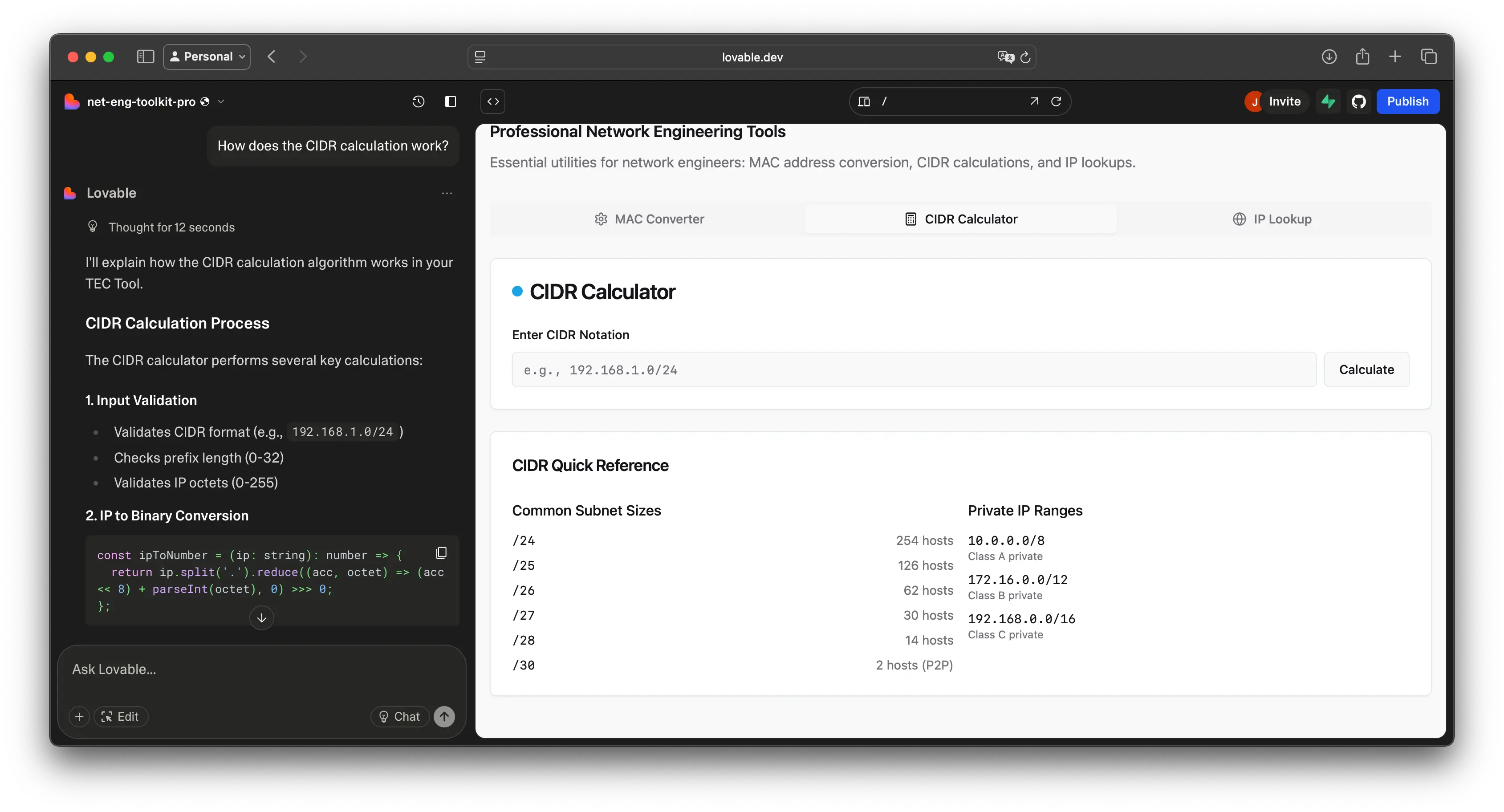
It’s like having a senior engineer with infinite patience break things down for you. Honestly, my understanding of certain frameworks grew just by asking “dumb” questions there.
The biggest unlock isn’t that AI writes code for you — it’s that it teaches you while you build.
The $25 Leap
After I hit that productivity rush, I quickly upgraded to the $25/month plan. Totally worth it.
Why?
- 100 monthly credits for deeper code runs.
- Privacy options (on the free tier, your projects float in a public community timeline — great for sharing, but not ideal for my work).
- Plus, some extra features unlocked at that tier.
To be fair — everyone starts with 5 credits per day for free. That’s enough to get a taste. And yes, referral perks are a thing: use my link and you’ll get 10 additional credits at signup; publish your own project, and I get credits too. Win-win.
*Get your 10 credits extra here.
But Is AI Actually Ready for Serious Work?
Now, the obvious question for developers and leaders reading this: “Is this thing just a toy, or can I actually rely on it?”
My take, after weeks of living with it:
- For prototypes & internal tools: 100% yes. It’s a superpower. A working prototype in hours changes how teams think about feasibility and budgets.
- For production-critical systems: Not yet. The “±1 bug” moments are too risky to fully trust. You must review, test, and validate.
- For learning & onboarding: Best tutor I’ve ever had. If you combine curiosity with willingness to ask “how” and “why” questions, AI accelerates your growth.
Here’s a mental model:
Think of AI as a fast intern with a photographic memory. They’ll do 80% of the work really quickly, but they still need review and correction from a more experienced hand.
Why “Lovable” Is the Right Word
I believe lovable AI fits because, like a brilliant-yet-eccentric teammate, it makes you smile even when it screws up. It gives you velocity like nothing else, but also reminds you to stay humble and precise.
Some final takeaways:
- Let AI do the boilerplate in minutes, then spend your expertise on refinement.
- Don’t rage when it outputs something dumb — laugh, debug, and guide it forward.
- Stay curious. Use chat mode not just for fixes, but to actually learn.
- Remember: leaders don’t need every answer, but they need enough context to know when the tool saves time and when it’s bluffing.
A Challenge for You 🚀
If you’ve never built something with AI yet, here’s my challenge:
- Pick one annoying little workflow in your daily life.
- Ask AI to help you make a tool for it.
- Commit just one evening.
Whether it’s a spreadsheet parser, a better UI, or a visualizer for random data — I guarantee you’ll be amazed by how far you get in minutes. And yes, you’ll probably get a laugh out of the quirks too.
Thanks for reading — and thanks for letting me share the ride. AI is still young, but every day I use it, I’m more convinced this is the future of building.
